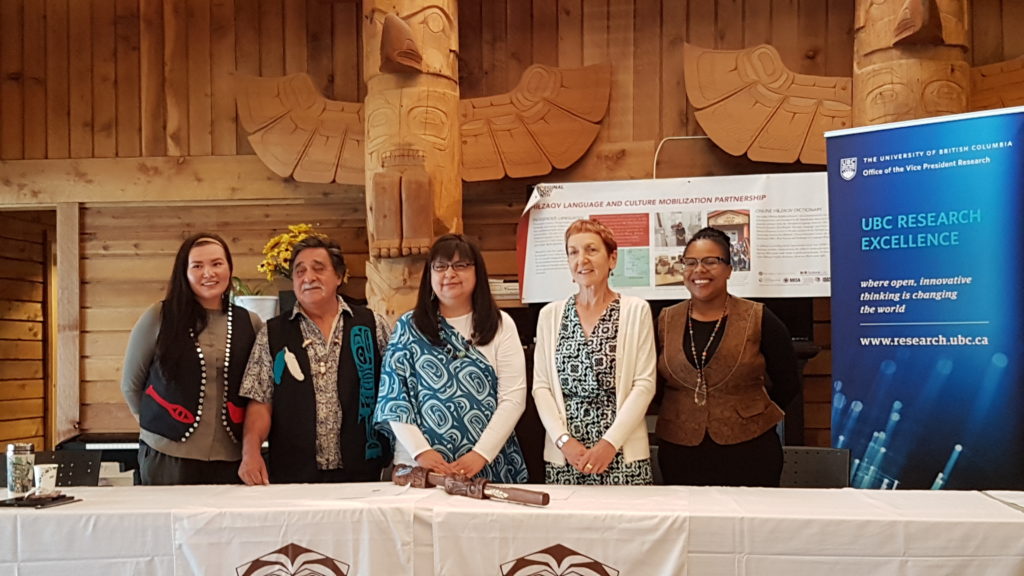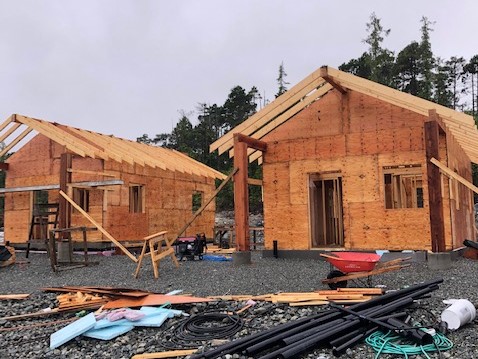
When the Heiltsuk Tribal Council approached UBC in 2017, the Nation was facing a major housing crisis. The Heiltsuk population had been growing steadily for the past two decades but, despite an increased demand by members to live in their home community of Bella Bella, there was a severe shortage of suitable housing. Leadership had determined that in order to meet its housing demand over the next 10 years, the community would need 150 mold remediations, 160 home renovations, 100 new homes, and 120 new lots. Further, there were no culturally and environmentally suitable home designs available to the community.
To address the urgent housing shortage issue, the Heiltsuk Tribal Council partnered with UBC’s Faculty of Forestry, School of Architecture and Landscape Architecture, FPInnovations, and Builders Without Borders. UBC’s Indigenous Research Support Initiative (IRSI) provided support to the collaboration, connecting project partners and facilitating a memorandum of understanding (MOU) so that a housing initiative could move forward.
Formally established in 2017, IRSI enables collaborative research with Indigenous communities, university researchers and other partners. Through the development of a strong and diverse Strategy 10: Research Culture in partner communities, IRSI is contributing to improved community autonomy, strength and resiliency.
In the early stages of the project, a series of community engagement sessions were held to determine the best approach for the Heiltsuk community. The solution was to create a number of culturally appropriate “tiny” homes (< 500 sq. feet) that would suit Elders, young people returning to the community and others needing housing.
The project is now in the construction phase; four Heiltsuk ‘tiny’ homes have been framed and the foundations will soon be poured for four additional homes. Construction crews include Heiltsuk members, which enables community members to develop skills and builds capacity for the Nation.

According to Dr. Stefania Pizzirani, a former postdoctoral fellow in UBC’s Faculty of Forestry, “the lessons learned throughout this project exemplify the importance of community-led projects that emphasize community aspirations and values, collaborative partnerships, and intergenerational planning and involvement.”
“Together, this project provides more than just homes—it strengthens the housing and construction autonomy of the Heiltsuk Nation.”
To learn more, read the article published by Dr. Pizzirani in the Faculty of Forestry’s magazine Branchlines.